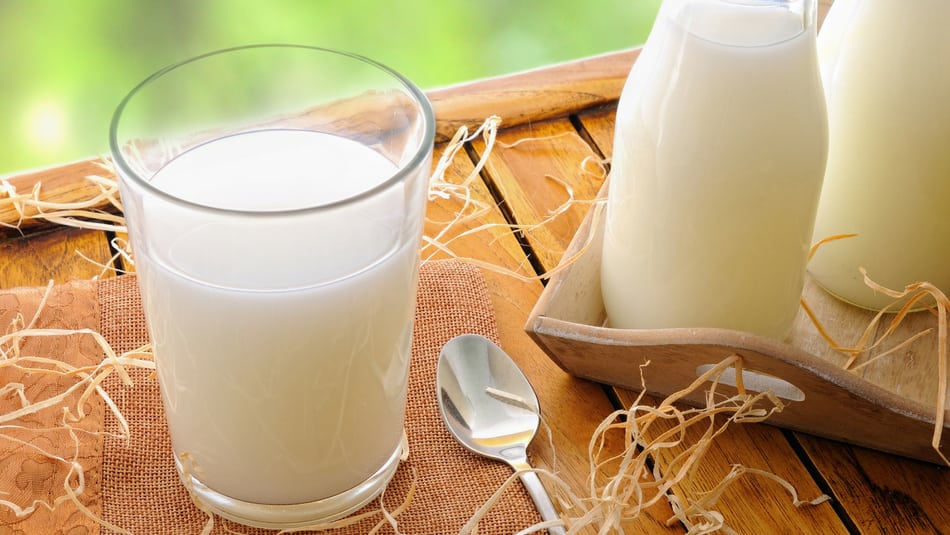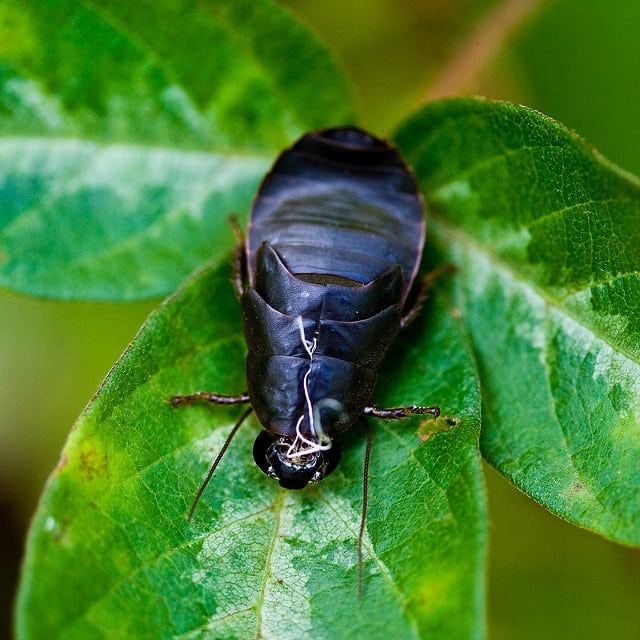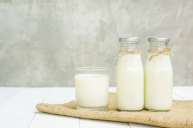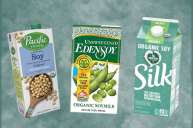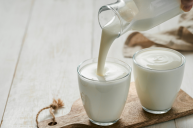The "most nutrient-rich substance in the world", cockroach milk, is making the rounds again. The study, which was published back in 2016, has gone viral this week and we are here to get to the bottom of the milky details.
Videos by Wide Open Country
Believe it or not, cockroach milk isn't just a click-bait title to reel you in. According to the study, researchers looked at the milk (well it's technically not milk but more a nutrient-dense liquid) produced by the Pacific beetle cockroach (Diploptera punctata). Found in parts of Asia, Australia and Hawaii, the female Pacific beetle cockroach produces a liquid substance that they feed to their developing embryos who eat it in the brood sac.
From that, scientists analyzed the liquid and discovered that the milk is dense with nutrients, more so than three times the amount of cow's milk. Sanchari Banerjee, one of the many authors of the study and a postdoctoral fellow at the Institute of Stem Cell Biology and Regenerative Medicine in Bengaluru, India, shares that "the proteins are made up of all the 20 amino acids, while the lipids contain essential fats."
Sounds like the perfect healthy and nutritious dairy alternative, right? As non-dairy milk goes, the health benefits of this insect milk go well beyond anything you can get in stores currently. But don't start imagining cockroach ice cream in your local grocery store. According to research the milk crystals have not been tested for human consumption although one main researcher tried tasting it and stated the liquid tasted like practically nothing.
The act of farming this superfood trend is troublesome though. You would need 1,000 dead cockroaches to produce 3.5 ounces of the milk alternative. Some researchers are saying that a pill-version of the milk crystals are a more viable option. The pills would only require 100 dead roaches per pill.
However you look at it, this non-dairy alternative isn't going to show up in stores anytime soon.
